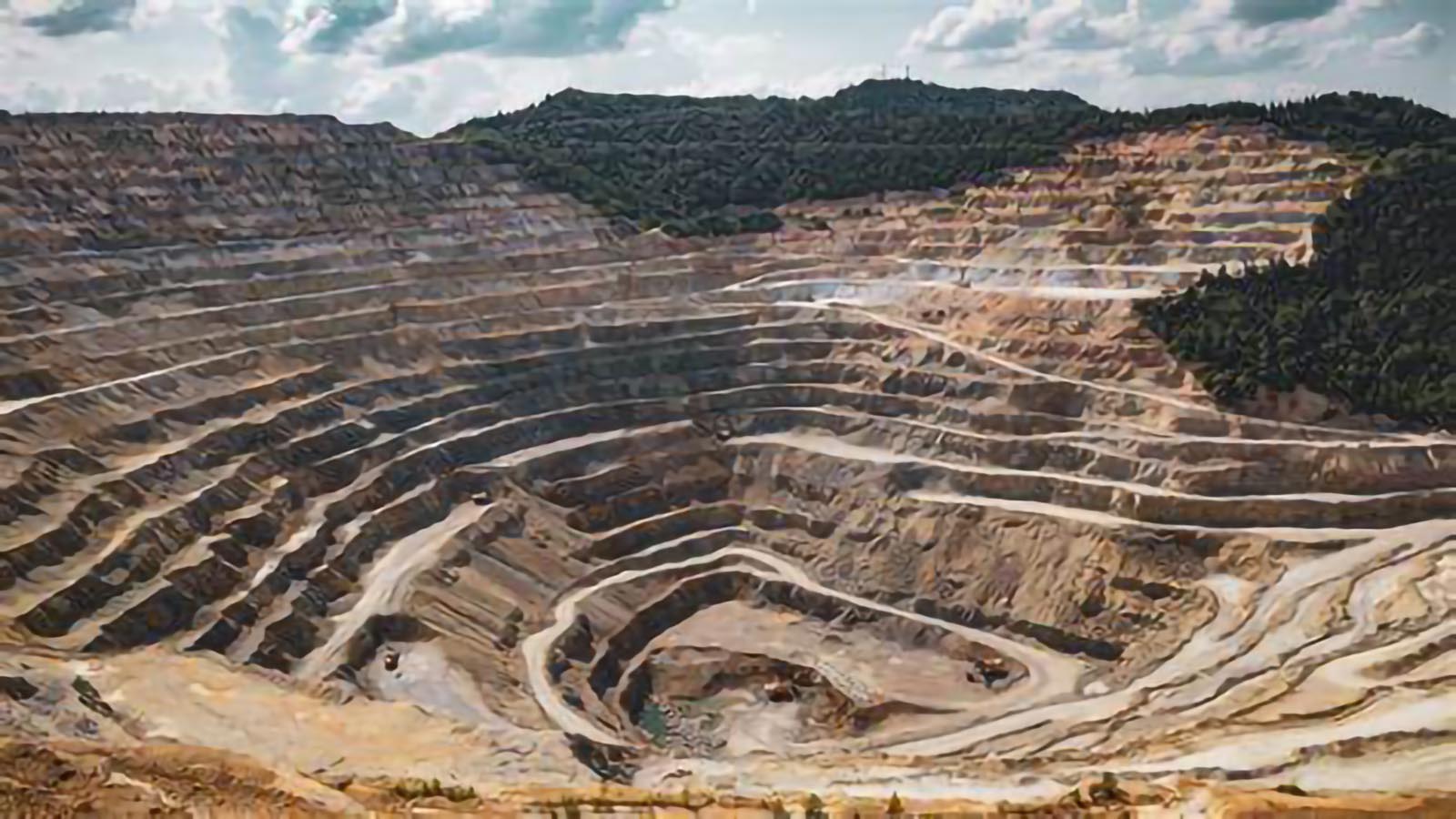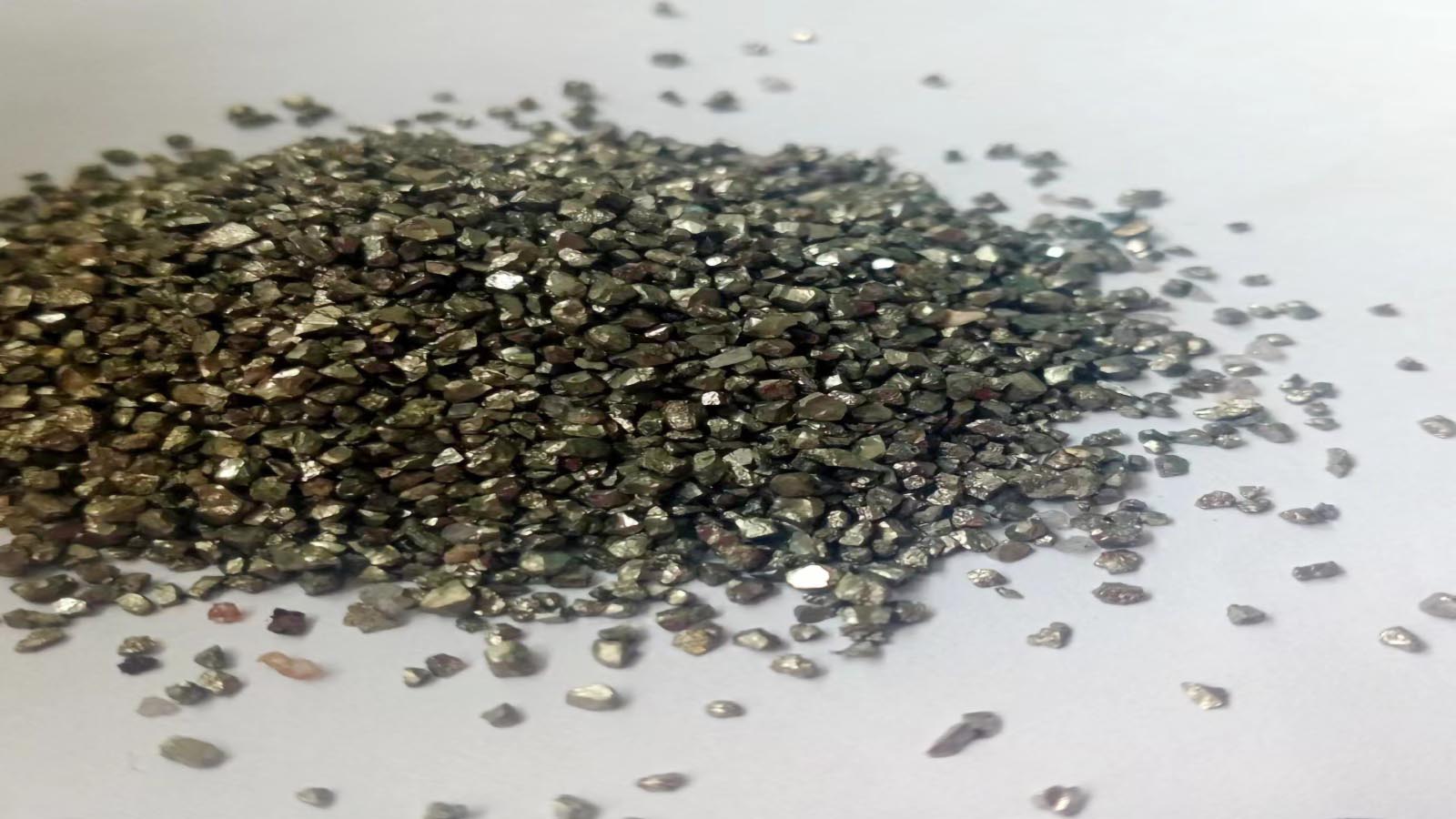
Modern mineral processing plants represent a critical link in efficient resource utilization, with equipment configuration directly determining processing efficiency and product quality. The transformation from raw ore to concentrate requires a series of scientifically designed processes and coordinated professional equipment. Whether processing metallic ores (gold, silver, copper, lead, zinc, tin), non-metallic minerals (quartz, silica sand, feldspar), clay minerals (kaolin, bentonite), construction materials (marble, granite), or energy minerals (coal, uranium), appropriate equipment systems are essential. This article systematically introduces key equipment and selection principles across the four core stages of mineral processing, providing professional reference for mining enterprises.
Crushing Stage: The Critical Initial Processing Phase
As the primary stage in mineral processing, crushing equipment selection directly impacts the processing effectiveness and energy consumption of subsequent operations.
1. Primary Crushing EquipmentPrimary crushing equipment is responsible for reducing large ore blocks to manageable sizes, laying the foundation for subsequent processing:
- Jaw Crushers: As classic primary crushing equipment, these are particularly suitable for hard and abrasive ores. Operating on the principle of periodic compression between two jaw plates, they offer simple structure, easy maintenance, and strong adaptability, making them ideal for processing wet raw ores
- Gyratory Crushers: Suitable for continuous operations in large processing plants, these offer high processing capacity and uniform product sizing, though with higher investment costs. They are primarily used for medium-to-high hardness dry ores
2. Secondary and Tertiary Crushing EquipmentThese equipment further reduce particle size after primary crushing, preparing the material for grinding:
- Cone Crushers: Achieving crushing through the eccentric rotational compression action, these are suitable for medium-to-high hardness ores, producing high-quality products with low needle-like content, excellent fine crushing performance, and stable output
- Impact Crushers: Utilizing impact force generated by high-speed rotors to crush ore, these are especially suitable for medium-hard, brittle ores. They produce cubic-shaped products with uniform size distribution, though processing costs increase for abrasive ores
Grinding and Classification: Core Processes for Mineral Liberation
Grinding and classification are crucial for achieving complete mineral liberation, with equipment performance directly affecting separation efficiency and recovery rates.
1. Types of Grinding EquipmentGrinding equipment varies according to grinding media and operating principles:
- Ball Mills: Using steel balls as grinding media, these mills crush ore through the impact and abrasion actions of tumbling balls as the cylinder rotates. With broad applicability for processing various ores from extremely hard to extremely soft, they are the most commonly used grinding equipment in processing plants
- Rod Mills: Employing steel rods as grinding media, these produce uniform particle sizes with less over-grinding, making them particularly suitable for single-stage grinding or as pre-grinding equipment before ball milling
- Autogenous/Semi-Autogenous Mills: Utilizing the ore itself or minimal steel balls as grinding media, these are suitable for processing hard ores with low moisture content. They offer lower energy consumption and media wear, though they demand specific ore physical properties
2. Classification Equipment SelectionClassification equipment separates ground products by particle size, ensuring proper feed size for subsequent separation processes:
- Spiral Classifiers: With simple structure and stable operation, these are suitable for coarse particle classification, widely used in wet grinding closed circuits, simultaneously performing classification and transport functions
- Hydrocyclones: Operating on centrifugal principles to achieve fine particle classification, these offer high classification precision, large processing capacity, and small footprint, with significant advantages in fine particle classification
- Vibrating Screens: Direct and efficient mechanical classification equipment suitable for dry classification and precise separation of specific particle sizes, though with limitations in processing capacity and minimum classification size
Separation Processes: Technical Core of Mineral Separation
Separation processes constitute the core stage of mineral processing, efficiently separating valuable minerals from gangue based on physical and chemical property differences.
1. Gravity Separation EquipmentGravity separation equipment leverages mineral density differences to achieve separation, suitable for processing ores with significant specific gravity variations:
- Shaking Tables: Classic gravity separation equipment that forms mineral stratification through reciprocating deck motion and water flow washing action. Suitable for processing fine heavy minerals, they offer high separation precision and operational flexibility
- Spiral Concentrators: Achieving mineral separation through the combined action of centrifugal force, gravity, and water flow, these feature simple structure and zero power consumption, particularly suitable for medium-sized sandy mineral separation
- Jig Concentrators: Achieving mineral stratification and separation through pulsating water flow, these offer large processing capacity and wide applicable particle size range, serving as the primary equipment for coarse particle gravity separation
2. Flotation EquipmentFlotation equipment separates minerals based on surface physicochemical property differences, crucial for processing complex, difficult-to-separate ores:
- Mechanical Agitation Flotation Machines: Generating bubbles through mechanical agitation to promote mineral particle-bubble contact, these feature mature structure, stable operation, and strong adaptability, making them the most commonly used flotation equipment
- Pneumatic Flotation Machines: Utilizing externally compressed air to form uniform bubbles, these offer controllable bubble size, good flotation selectivity, low energy consumption, and are suitable for cleaning and scavenging operations
- Column Flotation Machines: Employing countercurrent contact principles with separate separation and washing zones, these produce high-grade concentrates with low reagent consumption, ideal for cleaning and re-cleaning processes
3. Magnetic and Electrical Separation EquipmentThese equipment achieve separation based on mineral magnetic or electrical conductivity differences:
- Magnetic Separators: Categorized by magnetic field strength into low-intensity and high-intensity separators, and by working environment into dry and wet types, these are widely applied in separating magnetic minerals such as iron and manganese ores
- High-Voltage Electrostatic Separators: Leveraging mineral conductivity differences for separation, these are suitable for processing dry mixtures of non-conductive and conductive minerals, widely used in non-metallic mineral separation
Dewatering and Product Processing: Final Quality Assurance
Dewatering represents the final stage in mineral processing, with equipment performance directly affecting concentrate moisture content, storage and transportation properties, and commercial value.
1. Thickening and Dewatering EquipmentThis equipment primarily removes most water from concentrates, increasing solid content:
- Thickeners: Achieving solid-liquid separation through gravity settling principles, these feature simple structure, reliable operation, and suitability for preliminary concentration of various slurries, making them the most commonly used concentration equipment in processing plants
- Filter Presses: Forcibly separating solid and liquid phases through mechanical pressure, these produce filter cakes with low moisture content and high-quality recovered water, offering significant environmental benefits and suitability for deep dewatering of concentrates
2. Drying and Product Handling EquipmentDrying equipment further reduces concentrate moisture to levels meeting smelting or sales requirements:
- Rotary Kiln Dryers: Achieving drying through direct contact between hot air and wet materials, these offer high thermal efficiency, large processing capacity, and suitability for continuous operations in large processing plants
- Fluid-Bed Dryers: Utilizing hot air flow to carry and rapidly dry fine materials, these offer fast drying rates and precise temperature control, particularly suitable for drying fine particle materials
Based on years of engineering practical experience, the Zexin Mining Technical Team emphasizes that modern mineral processing plant equipment configuration should adhere to the principle of "tailoring to the ore," with scientific design based on ore properties, processing scale, product requirements, and other factors. An optimized equipment system not only improves mineral recovery rates and concentrate quality but also reduces energy consumption and operating costs, enhancing enterprise competitiveness. For new processing plants, we recommend systematic ore processability testing and process flow design, combined with digital and intelligent technologies, to build efficient, environmentally friendly, and sustainable modern mineral processing systems.


